The Hybrid Horizon: How Paper-Plastic Composite Packaging is Redefining Sustainability
In an industry constantly navigating the complex trade-offs between performance, cost, and environmental impact, one solution is gaining remarkable traction: Paper-Plastic Composite Packaging. This innovative material architecture strategically layers the strength and barrier properties of plastic with the rigidity, printability, and perceived sustainability of paper. It represents a pragmatic evolution, moving beyond pure materials to create hybrids that better address modern consumer and regulatory demands. The growth of Paper-Plastic Composite Packaging is not just a trend; it’s a clear response to the urgent need for reducing plastic use while maintaining the functionality that protects products and ensures shelf life.
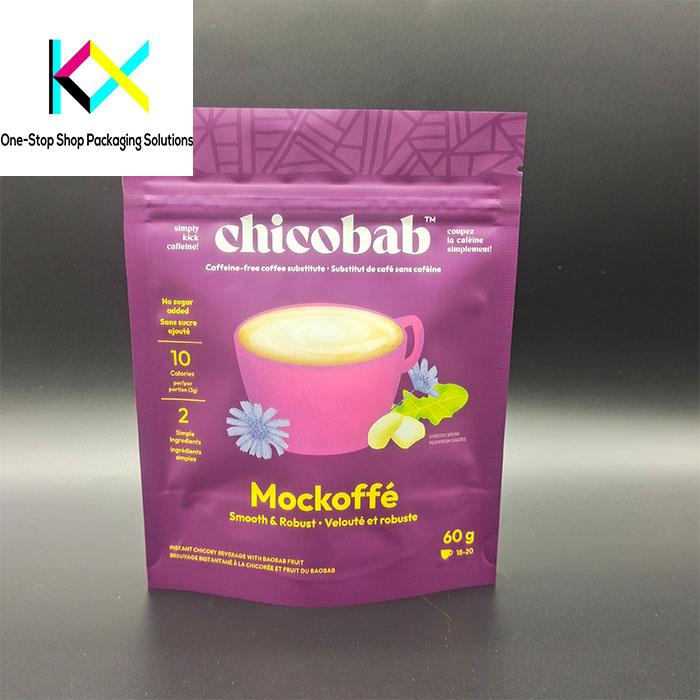
The Allure of the See-Through: Transparency's Enduring Role
Despite the push towards paper, consumers still want to see what they are buying. This is where high-performance Transparent Films play a crucial role within composite structures. Often used as windows or as the functional inner layer, these Transparent Films provide the vital product visibility that drives consumer confidence. Beyond just clarity, advanced Transparent Films are engineered with high-barrier properties, protecting contents from moisture, oxygen, and UV light. The innovation in this sector focuses on enhancing these protective qualities while simultaneously making the films thinner, lighter, and more compatible with recycling streams, ensuring that functionality doesn’t come at an unacceptable environmental cost.
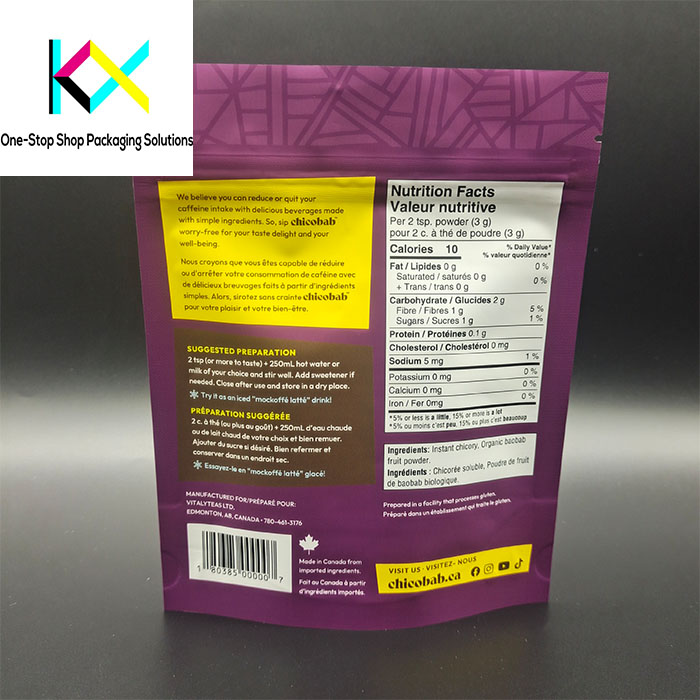
The Engine of Change: Mounting Regulatory and Consumer Pressure
The primary catalyst driving the adoption of Paper-Plastic Composite Packaging is the global shift in regulatory frameworks and consumer sentiment. Extended Producer Responsibility (EPR) laws, plastic taxes, and outright bans on certain single-use plastics are making traditional all-plastic formats less viable. Consumers, armed with more information, are actively seeking out brands that demonstrate a commitment to sustainability. A pack that showcases a paper exterior signals environmental consciousness, while the integrated plastic component ensures product integrity. This hybrid approach allows brands to meet regulatory requirements and align with consumer values without compromising on performance or risking damage to their goods during transit.
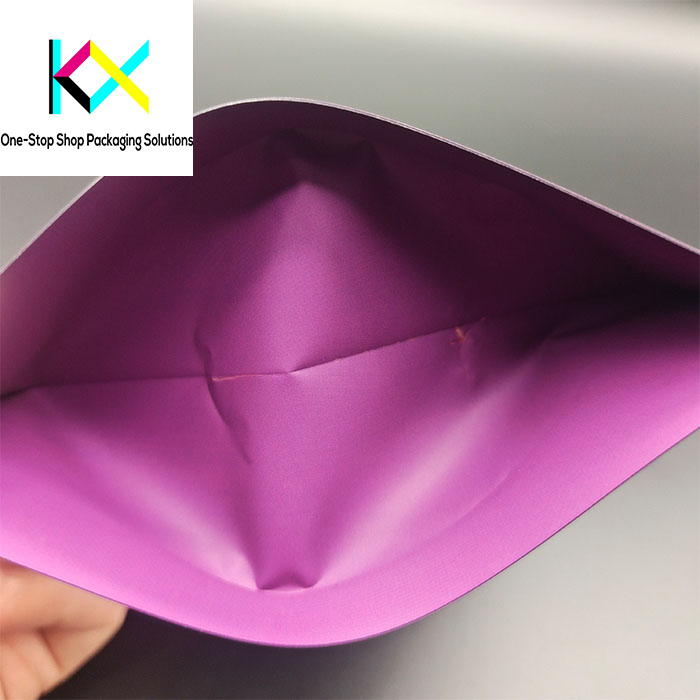
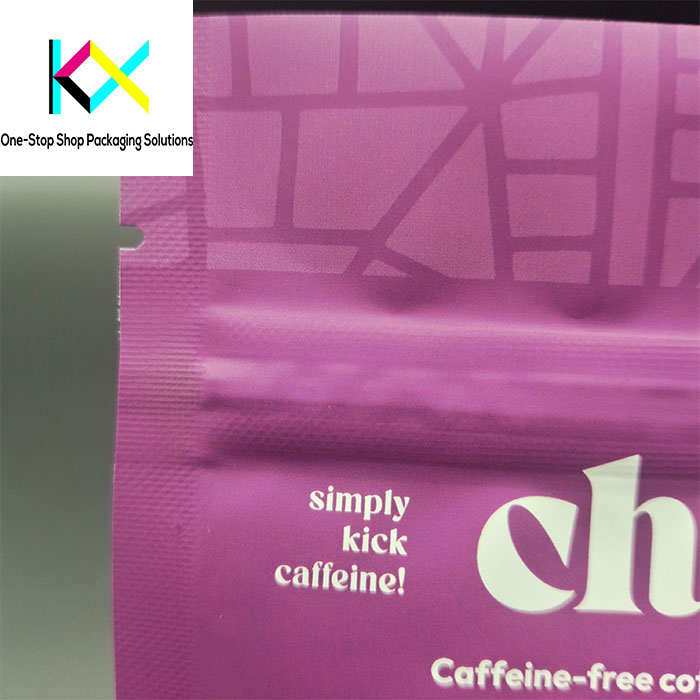
Closing the Loop: The Critical Design for Recyclability
The major challenge for any composite material has historically been end-of-life processing. Early iterations of Paper-Plastic Composite Packaging often created nightmares for recycling facilities. The industry’s response has been a concentrated move towards mono-material oriented designs. The goal is to create structures where both the paper and plastic components are made from the same polymer family (like polyethylene), allowing the entire package to be processed together. These next-generation Paper-Plastic Composite Packaging solutions are designed for easy separation or are compatible with existing paper recycling pulpers, where the plastic layer can be cleanly separated and diverted to appropriate streams. This design-for-recyclability principle is paramount in developing truly circular solutions.
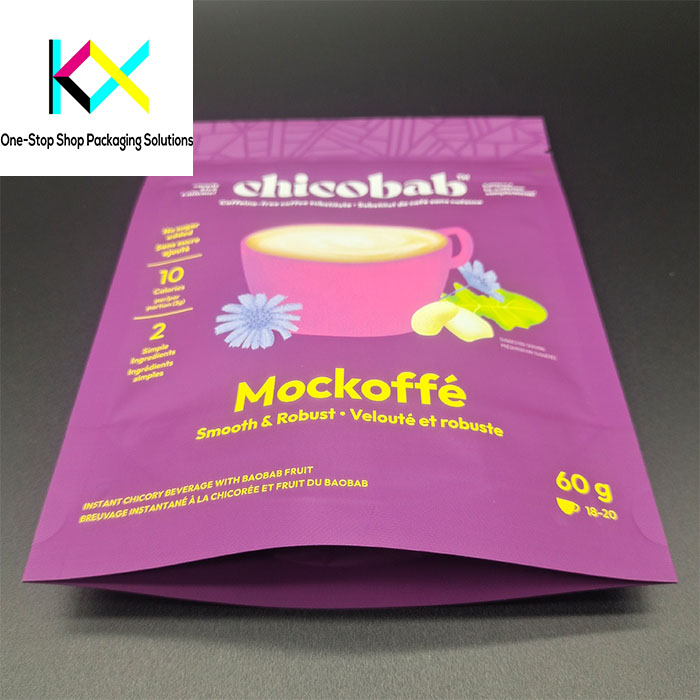
E-commerce and Performance: Meeting the Logistics Challenge
The brutal realities of the e-commerce supply chain are a ultimate testing ground for any packaging format. Paper-Plastic Composite Packaging excels here by combining the best of both worlds: the structural rigidity and puncture resistance of paper with the flexibility and protective barrier of plastic. This is essential for preventing leaks, crushing, and spoilage during shipping. Meanwhile, high-strength Transparent Films are used in void-fill pads and mailers, providing a lightweight yet tough protective layer that resists tearing. The durability of these modern materials ensures that products arrive in perfect condition, reducing returns and waste, which is a significant sustainability benefit in itself.
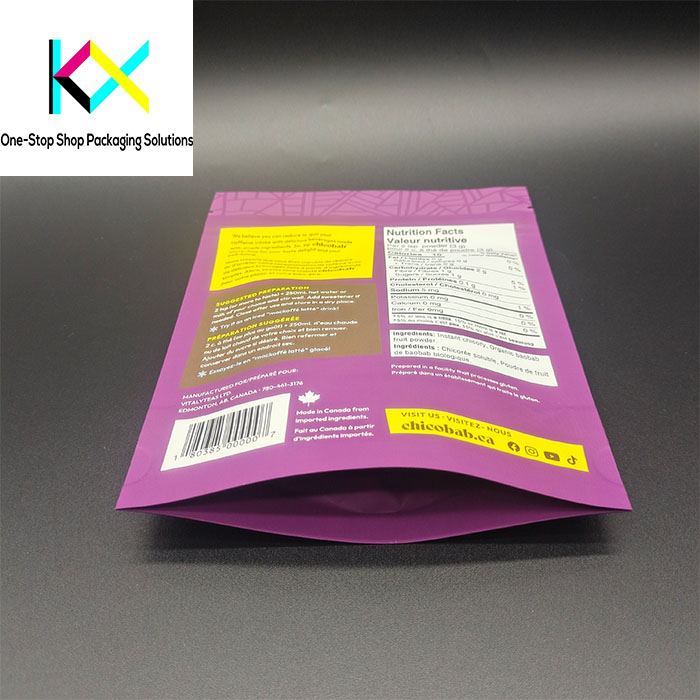
The Digital and Smart Revolution: Enhancing the Experience
Modern packaging is a communication and data platform. The paper component of Paper-Plastic Composite Packaging provides an excellent, high-quality surface for digital printing, enabling vibrant branding, detailed storytelling, and QR codes that link to recycling instructions or digital content. This enhances consumer engagement and provides vital information. Furthermore, smart Transparent Films can be embedded with technologies like NFC tags or augmented reality triggers. These innovations, integrated seamlessly into the package design, allow for product authentication, supply chain transparency, and interactive customer experiences, bridging the physical and digital worlds.
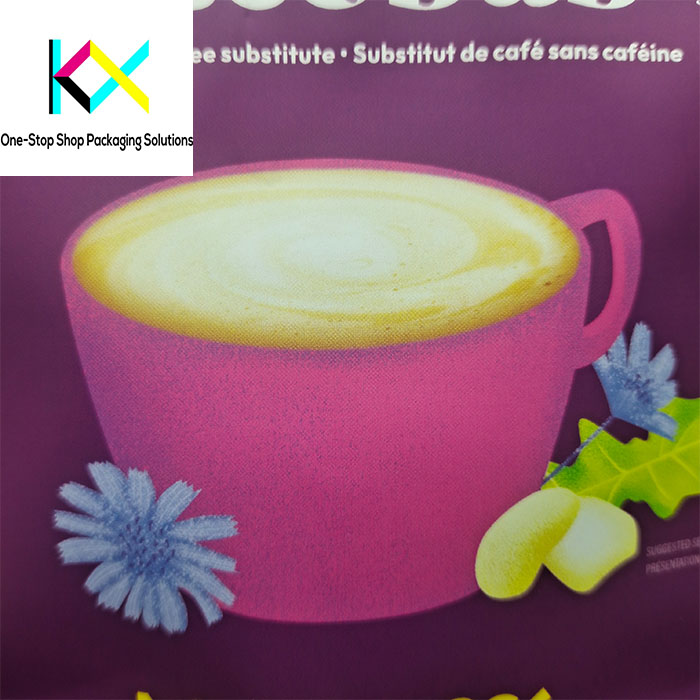
Looking Forward: Innovation and Infrastructure
The future of Paper-Plastic Composite Packaging is tied to continuous material science innovation and infrastructure development. We can expect increased use of bio-based and compostable polymers for the plastic layers, further reducing the carbon footprint. Development will also focus on enhancing the barrier properties of bio-polymers to match those of conventional fossil-based Transparent Films. Crucially, investment in and modernization of global recycling infrastructure are needed to effectively handle these new composite materials. Wider adoption of digital watermarking technologies, like those pioneered by the HolyGrail 2.0 initiative, will also be key, as they enable intelligent sorting of complex packaging at recycling facilities.
Conclusion: A Pragmatic Path Forward
The rise of Paper-Plastic Composite Packaging signifies a mature, pragmatic approach to one of the packaging industry’s toughest challenges. It acknowledges that while the ideal of a single-material, fully recyclable package is the goal, the transition requires smart, hybrid solutions that immediately reduce plastic waste. By marrying the renewable, consumer-friendly appeal of paper with the indispensable protective qualities of advanced Transparent Films, this composite approach offers a viable and responsible path forward. It is a powerful testament to an industry innovating its way toward a more sustainable future, one layered solution at a time.
You can visit our website to know more about our flexible packaging pouch:
